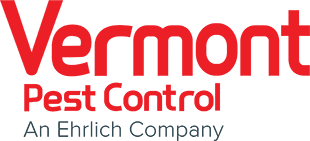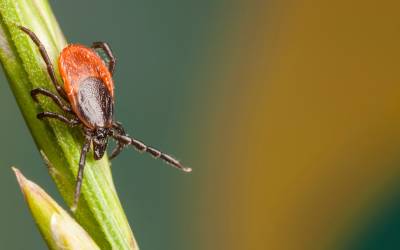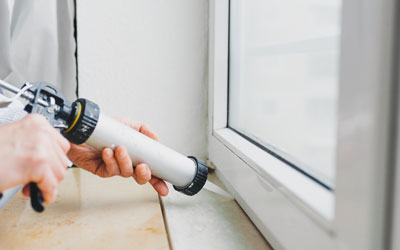Keeping pests out of your home is a frustrating practice year-round here in Vermont, especially in spring. There are many reasons for spring’s infamy as a pest-ridden reason, but one of the most major of these is the amount of rainfall. The rain creates favorable conditions for all kinds of pests to thrive amongst the blooming plant growth that we see in this season. It’s important to know how to get ahead of them. Let the expert exterminators at Vermont Pest Control help out!
What Pests Love Spring Rain?
A rainy spring allows for many kinds of pests around Vermont to thrive. There are a few in particular that you should be watching out for this spring:
- Fleas and ticks: These parasitic pests survive by hiding out in dense plant growth, waiting for animals to walk by that they can latch onto. A rainy spring means more hiding places.
- Mosquitoes: Mosquitoes breed in standing water pools, from sources as big as ponds to as small as puddles. With more opportunities to proliferate, mosquitoes thrive after a rainy spring.
- Fire ants: Soil softens after a rainy spring, making it easy for fire ants and other subterranean ants to expand their colonies.
- Beetles: Lots of rainfall in spring means our gardens will flourish, but it also gives beetles easy access to plentiful food.
- Termites: Sometimes called rain flies, winged termite swarmers come out after a rain to take advantage of damaged wood.
What Can I Do to Prevent Pests During a Rainy Spring?
A rainy spring won’t only make your yard a pest hotspot, it could also lead to pest problems inside your home. We recommend adding these measures to your cleaning routines to prevent pest infestations this spring:
- Seal any cracks and gaps: Fill in any gaps you find around your doors and windows with weather stripping or screens, whichever you see fit. Cracks in the exterior of your house in walls, roofing, foundation, or otherwise can be filled with a silicone-based caulk.
- Ensure your gutters are clear: Leaves and other natural debris can build up in your gutters. This can either lead to overflows or perfect standing water sources for mosquitoes to breed in.
- Prevent standing water from pooling up: Anywhere that standing water pools, pests will come, and this includes the interior of your home. Wipe up any water spills in the kitchen or bathroom promptly.
How Vermont Pest Control Can Help This Spring
If you feel that pest problems are inevitable every spring, ask your local pest control company how they can help. Our team at Vermont Pest Control is well versed in our local pest issues. We can assess your property for vulnerabilities, exterminate active pests, and teach you how to avoid your recurring pest problems going forward. Contact our team today to learn more about how we can help you and receive a free estimate!


